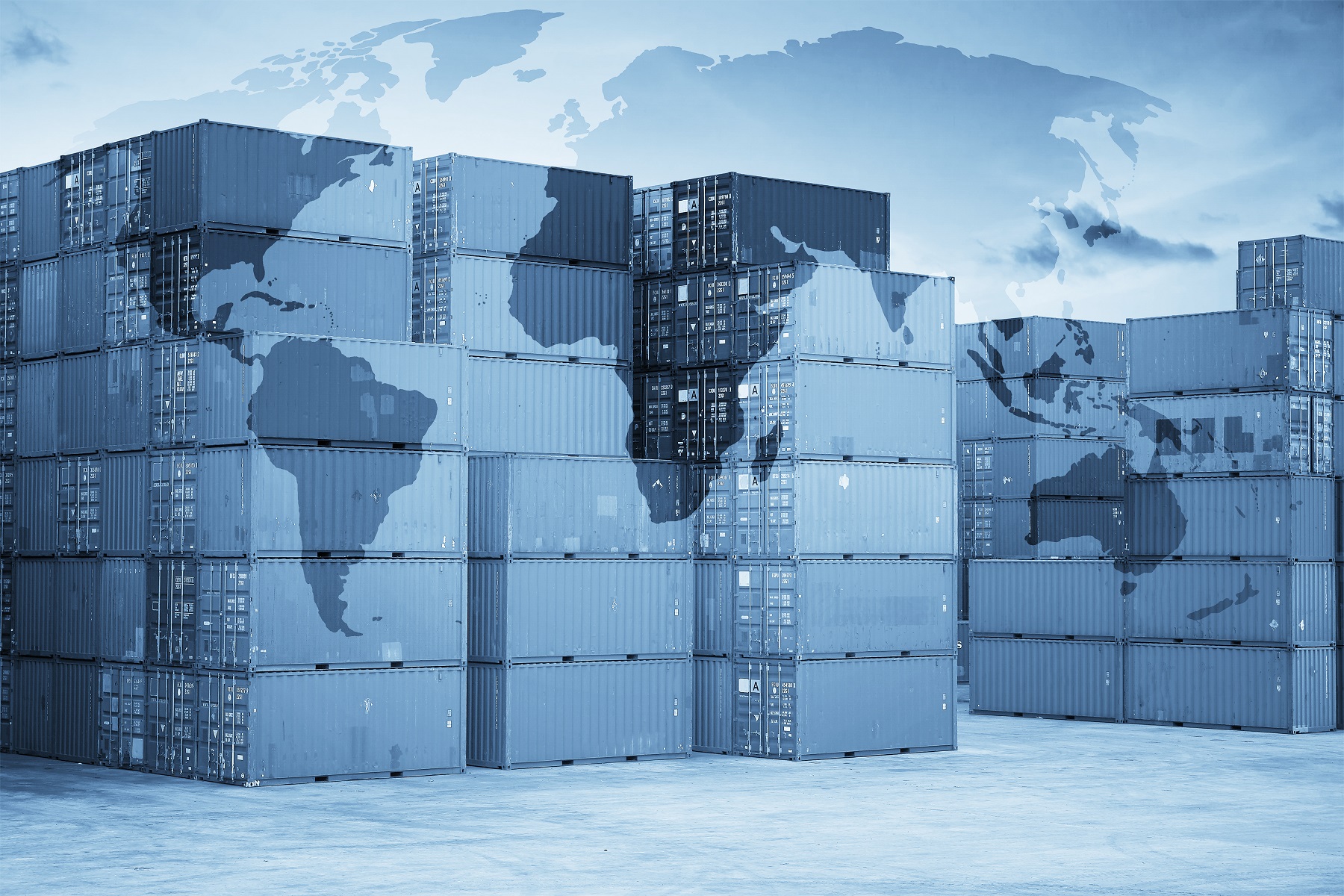This article is part of a periodic series that will focus on developments in the global commodities markets that affect recyclers.
You could say globalization of the recycling industry began in 1953, when U.S. recyclers overcame the federal government’s restrictions on exports of steel to former World War 2 enemies. Or 1958, when the Prolerizer was patented as the first automobile shredder, opening up a world of ways to deconstruct materials for shipment. But many economists point to 1972, the year President Richard Nixon began the normalization of relations with the People’s Republic of China, as the start of an interconnected web of international trading and integration of ideas, beliefs, and culture.
Andy Wahl, president of Atlanta-based TAV Holdings, has more than 30 years’ experience on the international recycling scene, holding leadership positions at ISRI and the Brussels-based Bureau of International Recycling. He says the landscape noticeably changed about 20 years ago, as mainland China appeared as the destination for recycled materials. That change happened just as the internet and the web brought new ways of doing business 24/7.
“Our industry is incredibly unique. Although we have all the tools now to be globally everywhere for exchanging of materials, I’ve come to notice that face-to-face personal interactions is still one of the key components of what we do daily,” Wahl says. Co-chair of ISRI’s Market Access Working Group, Wahl states open and fair trade is key to the industry’s success, and ISRI works hard to keep those channels open.
“When we have our convention in Las Vegas, we’re probably going to have a record amount of people. They’re coming from all over the world. It’s not just restricted to the domestic members.”
One thing that has not changed is the preeminence of the London Metal Exchange and New York-based COMEX, says Joe Pickard, ISRI’s chief economist and director of commodities. “When you talk about exchange trading, the exchanges tend to migrate to where the trade–the lion’s share of the material–is actually taking place.” Values on the exchanges in Shanghai, Singapore, or Dalian, China, typically follow the LME and COMEX benchmarks.
From a practical standpoint, the backups at world ports are the immediate hurdle facing recyclers as 2021 draws to a close, Pickard says. “The supply chain bottlenecks aren’t going away any time soon. Looking further out beyond 2022, we may see more regionalized trade flows. To the extent that manufacturers and consumers are being affected by transportation delays of manufactured goods, they’re looking to source materials closer to home, which could potentially lead to more trading of materials between the U.S., Canada, and Mexico, or in East Asia, between China, Japan, Korea, Taiwan.”
The Census Bureau and the U.S. Bureau of Economic Analysis report the U.S. trade deficit in goods and services narrowed to $67.1 billion in October, down $14.3 billion from the revised $81.4 billion deficit in September. October exports increased by $16.8 billion to $223.6 billion as exports to China increased by $2.8 billion and exports to the EU increased by $1.6 billion.
October imports rose by $2.5 billion to $290.7 billion. For the year to date (YTD), the goods-and-services deficit increased $161.7 billion, or 29.7 percent, from the same period in 2020. YTD exports increased $315.1 billion or 17.9 percent while YTD imports increased $476.8 billion or 20.7 percent.
Pickard says 2022 may feature more mergers and acquisitions across industries, where manufacturers look to have more control over their supply chains. An example, he notes Steel Dynamics’ August 2020 acquisition of Zimmer, a Mexican metals recycling company, to support the flat roll steel mill that Steel Dynamics started up this year in Texas.
Going into 2022, Wahl agrees that some manufacturing may return to regions; the U.S. steel industry should see huge demand for material for infrastructure projects. He also sees possibilities for countries outside the U.S. to consider expanding their presences here.
“Our trade partners are in different countries and cultures, yet we have one common goal, and that is to continue to recycle for the betterment of the planet. The message that we have to make sure we improve is that recycling is the better way to go, and we are not the ‘waste industry,’” he says.
That shared focus will come in handy as countries move toward electric vehicles and other measures meant to reduce pollution, he says. Recyclers face plenty of challenges dealing with the changing world, and collaborations across borders should benefit everyone in the materials business.
Many countries have adopted ISRI Specifications as the standard for materials trading, and the RIOS™ management system standard for quality, environment and health and safety has gained traction internationally. ISRI is planning advocacy efforts on behalf of keeping markets open to North American materials and opening new markets when possible. ISRI will update members as successes occur.
The next article in this series will examine how changes in the China-U.S. relationship affect recyclers.
Photo courtesy of Storyblocks.
Additional Resources













